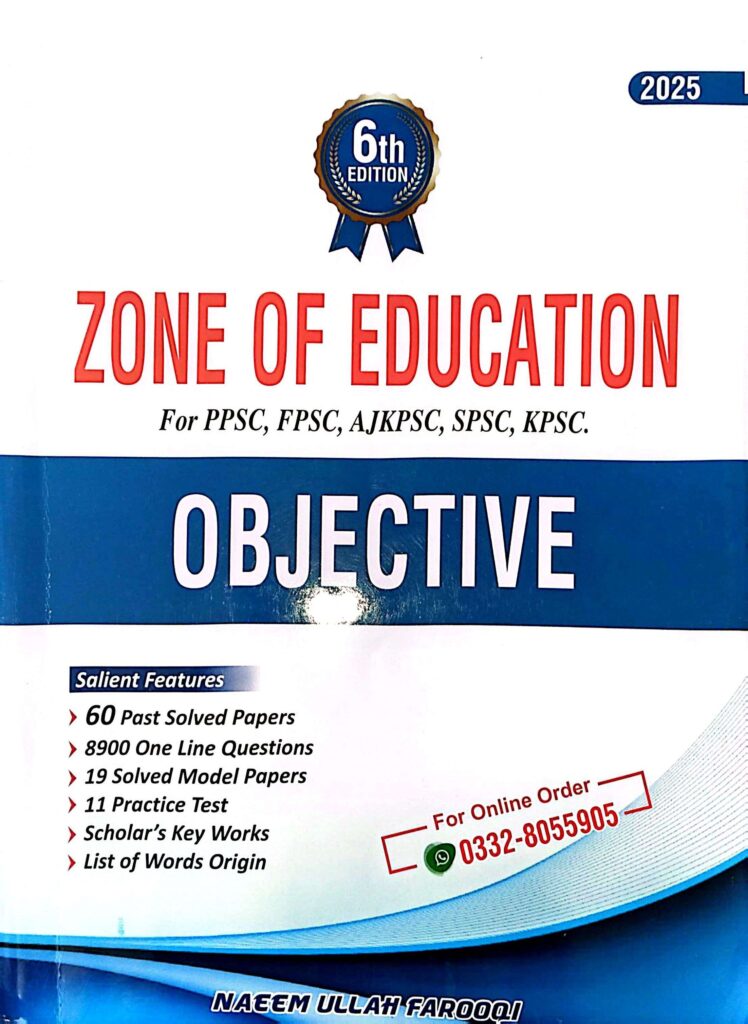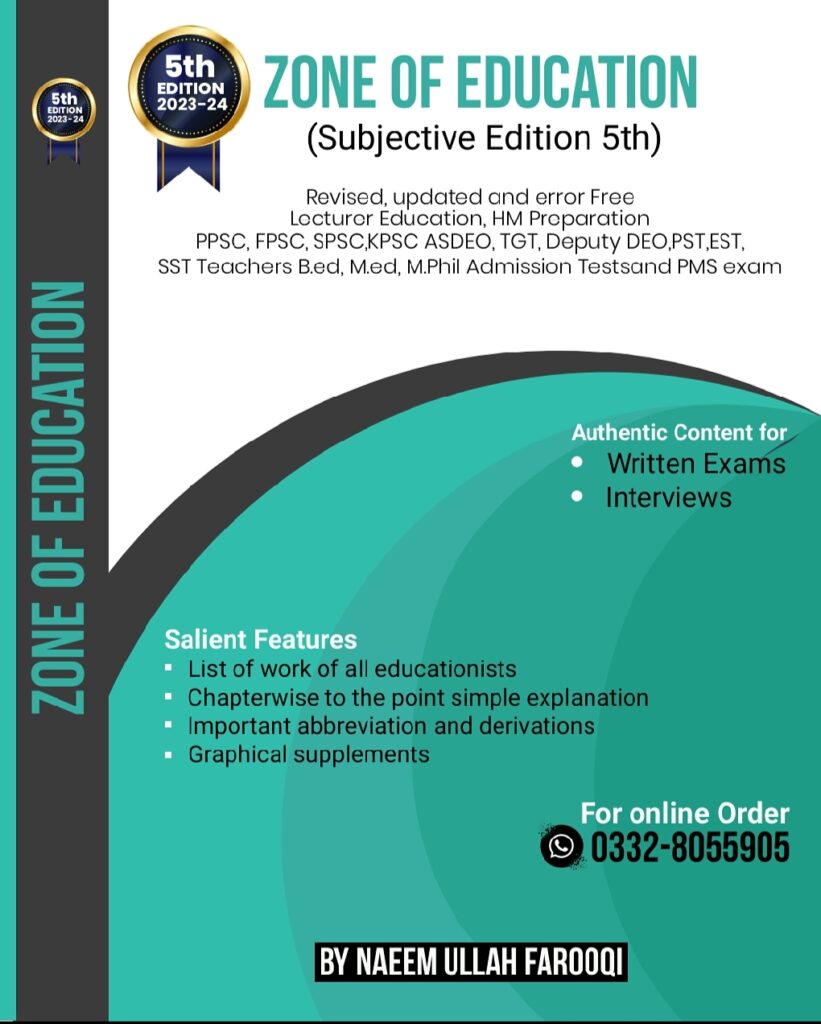Psychology
In classical conditioning, discrimination is learned when the researcher:
· (A) Pairs only the exact conditioned stimulus with the unconditioned stimulus
· (B) Delivers a reinforcer when an organism discriminates correctly between stimuli
· (C) Reinforces responses that are close to but not quite the same as the target response
· (d) None of the above
25. Brian and Harter gave to us the concept of:
· (a) Learning curve
· (b) Motivation
· (c) Heredity
· (d) Transmission of messages
26. Learning curves are designed to depict:
· (a) Status at a given time
· (b) General improvement brought about by practice
· (c) Limits of improvement
· (d) Occurrence of plateaus in learning
27. Learning easily and clearly represented by the use of a learning curve is that of:
· (a) Motor skills
· (b) Attitudes
· (c) Isolated Facts
· (d) Conceptual Knowledge
28. A plateau is best defined as a period of:
· (a) No progress
· (b) No apparent progress followed by further gains at a later date
· (c) Consolidation
· (d) Incubation
29. A good teacher should know or anticipate the occurrence of a plateau:
· (a) Yes
· (b) No
· (c) It is professional
· (d) Challenge and remedy it
30. Law of readiness is also called:
· (a) Law of satisfaction
· (b) Law of annoyance
· (c) Law of satisfaction and annoyance
· (d) None of the above
.
31. Insight may be defined as:
· (a) A form of inspiration – a flash of light
· (b) A form of intuition
· (c) A sudden reorganization of experience
· (d) None of the above
32. Kohler & Koffka, who developed the Insight theory of learning, were:
· (a) British
· (b) Germans
· (c) French
· (d) Portuguese
33. Operant conditioning is also called:
· (a) Instrumental conditioning
· (b) Escape conditioning
· (c) Avoidance conditioning
· (d) All the above
34. Who said this? “Rewarded behavior is repeated again.”
· (a) G.E. Skinner
· (b) B.F. Skinner
· (c) Ebbinghaus
· (d) Osgood
35. “Reinforcement is contingent upon the desired or correct response” is the theme of:
· (a) Classical conditioning
· (b) Operant conditioning
· (c) Guthrie’s conditioning
· (d) No conditioning
36. Reinforcement is of two types:
· (a) Positive
· (b) Negative
· (c) Both ‘a’ and ‘b’
· (d) Neither ‘a’ nor ‘b’
37. Negative reinforcement is that in the absence of which response will be repeated:
· (a) True
· (b) False
· (c) Can’t say
· (d) None
38. The best punishment is:
· (a) To withhold the reward
· (b) An aversive situation is presented
· (c) I do not know
· (d) None
39. In Operant conditioning, the first thing to be done by the learner:
· (a) To know the reward
· (b) To make a response
· (c) To withhold a response
· (d) Either ‘b’ or ‘c’
40. The difference between Operant and Classical conditioning is:
· (a) Of Reinforcement
· (b) Of Response
· (c) Contingency of response and Stimulus
· (d) All the above
41. When an organism is placed in the training situation after a rest period following extinction, and extinction procedures are still employed, the conditioned response:
· (a) Occurs less frequently and extinguishes more rapidly
· (b) Can be stronger than it was in the classical conditioning trials
· (c) Occurs at irregular intervals
· (d) All the above
43. Responses learned through classical conditioning:
· (a) Are those responses we frequently refer to as emotions
· (b) Occur automatically, in a reflexive manner
· (c) Are controlled by stimuli rather than by the organism making the response
· (d) All of the above
44. E.L. Thorndike pioneered Instrumental conditioning research by:
· (a) Conditioning infants to suck in response to a sound
· (b) Teaching pigeons to discriminate between a circle and an ellipse
· (c) Making food available to cats who hit a lever
· (d) Toilet training his two-year-old
45. Before a conditioning experiment begins, a researcher will deprive an animal of food:
· (a) If the experiment is designed to study negative reinforcement
· (b) To ensure that food has reinforcing properties while the study is being conducted
· (c) To determine whether the animal has enough physical stamina to be a successful subject in the experiment
· (d) To discover what kind of stimuli will act as secondary reinforcers
46. Ratio schedules of consequences are based on:
· (a) Time passing between responses
· (b) Time passing between a response and a consequence
· (c) The number of consequences that are given for one response
· (d) Work output, which is determined by the number of responses made
47. Classical and instrumental conditioning procedures differ when it comes to generalization and discrimination training in that in instrumental conditioning:
· (a) The behaviors are emitted and then reinforced
· (b) The behaviors are elicited by a stimulus
· (c) Lights are used rather than tones
· (d) People, rather than animals, are used as subjects
48. In the behavior management plan used on the problem child discussed in the text, Rochelle’s parents did all of the following except:
· (a) They let Rochelle decide if she had performed tasks well enough to earn a reinforcer.
· (b) They selected a reward they knew would have reinforcing properties for Rochelle
· (c) They stopped giving Rochelle attention when she misbehaved
· (d) They reinforced desirable behaviors and used time out to punish undesirable behaviors
49. The difference(s) between classical and instrumental conditioning are apparent when we consider:
· (a) The type of responses learned from each conditioning procedure
· (b) The way reinforcers are used
· (c) The effort or involvement of the organism who is learning
· (d) All of the above
50. Observational learning is sometimes called:
· (a) Social learning
· (b) Operant learning
· (c) Pavlovian learning
· (d) Watchful learning
51. A device that allows researchers to control when an organism will receive reinforcement or punishment is called a:
· (a) Cumulative recorder
· (b) Skinner box
· (c) Conditioning maze
· (d) Differential apparatus
52. Sujit’s dad is teaching him to play baseball. Each time Sujit makes progress toward perfecting his swing, his dad tells him he did a good job. When Sujit does not show an improved swing, his dad says nothing. Sujit’s dad is using __ to teach his son how to swing the bat.
· (a) A variable-interval schedule
· (b) Shaping
· (c) Primary reinforcement
· (d) All of the above
53. Who talks of Primary and Secondary drives in learning?
· (a) Clark Hull
· (b) E.C. Tolman
· (c) J.P. Pavlov
· (d) None of the above
54. Hull’s theory is also known as:
· (a) Drive reduction theory
· (b) Reinforcement theory
· (c) What leads to what theory
· (d) None of the above
55. According to Hull, a secondary drive involves fixation of drive characteristics to a neutral stimulus through its pairing with a drive stimulus.
· (a) True
· (b) False
· (c) Neither a nor b
· (d) I do not know
56. Habit strength is the key concept in Hull’s system. It is formed when we give increments slowly and not all reinforcement at once. Do you agree?
· (a) Yes
· (b) No
· (c) Neither a nor b
· (d) I do not know
57. The value of incentive motivation is dependent upon:
· (a) Magnitude of reward
· (b) Extent of deprivation
· (c) Both a and b
· (d) Neither a nor b
The function of drive is to:
· (a) Produce characteristic drive stimulus
· (b) Raise activity level of an individual
· (c) Help discriminate behavior, i.e., you know where to go when hungry and where to go when thirsty
· (d) All of the above
59. Gestalt theory of learning lays stress on:
· (a) Situation as a whole
· (b) Situation consisting of various parts
· (c) Seeing the situation as a whole
· (d) Seeing parts in a situation
60. Yerkes of Yale is associated with:
· (a) Field theory
· (b) Gestalt theory
· (c) Connectionism
· (d) Operant conditioning
JOIN ZONE OF EDUCATIONPK!
Discover the most comprehensive and reliable pedagogy resources in Pakistan, curated for competitive exam success. Our content covers all competitive exam MCQs, including PPSC, FPSC, AJKPSC, SPSC, and more. Designed to empower learners with top-notch material and insights, trust us for your preparation journey!



